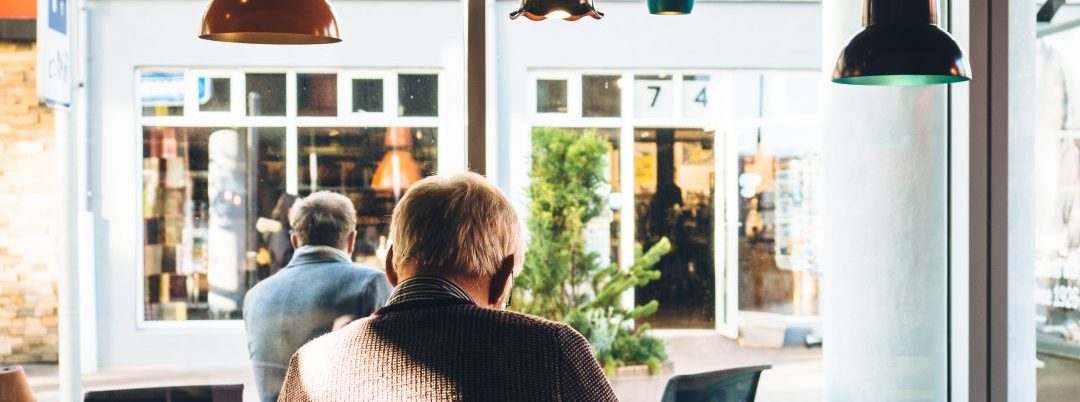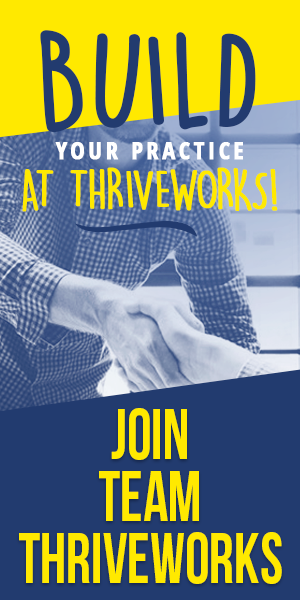
On the TV show Restaurant Impossible, celebrity chef Robert Irvine helps failing restaurants make a dramatic turn around. He has a budget of only $10,000 and 2 days to produce amazing results.
It’s a fun show, if not a bit redundant. In every episode Chef Irvine walks into a restaurant to find it dirty and in disrepair. He then introduces himself to the owner, who typically works 80 hours a week and has invested his/her life savings (usually at least $250,000) into the failing business.
The problems beleaguering the business seem overwhelming. The staff has gone rogue, the food is terrible, the menu is crap, the prices are all wrong, and the dining room is a dump.
And then, in less than 48 hours, the dump becomes the town’s newest gastropub.
How’s it Possible?
The turnarounds of the restaurants seem impossible, until you consider what already existed. Did Irvine and his crew create a new business in a weekend? Of course not—90% of the business was already there. The restaurants have their permits, and their liquor licenses. They have equipment: ovens, stoves, pots and pans. They have already recruited and hired staff.
They have relationships with food suppliers, and processes for measuring inventory. The space is already leased, the shingle hung. Also, most of the furnishings (tables and chairs) that the restaurant requires are already in place—they just need new paint. The restaurant owner has already done the majority of what a successful business requires. The show comes in and fixes the final 10%.
The Last 10% is the Hardest
Renowned novelist Steven Pressfield, in his book The War of Art, retells the story of Odysseus. At the end of a sea journey, Odysseus was in sight of his destination and could see the light glowing from the fires of the homes of Ithaca. Feeling he was safe, he laid down to take a nap. However, while he slept, his crew, suspecting he was stashing gold in his ox hide sack, cut it open, releasing the winds given to him by King Aeolus. The winds blew Odysseus and his men back across the seas they just worked so hard to traverse. It wasn’t until many years later that he would complete his journey a second time, exhausted and alone.
Pressfield’s warning is simple: Danger is always greatest when the finish line is in sight. The final 10% is the hardest.
What’s your 10%?
Why is the last 10% so difficult? For starters, the final 10% is always the bit of your business you’ve been avoiding. It’s the part you’re not good at, are resistant to learning, or are most fearful. On Restaurant Impossible, sometimes it’s the food, sometimes it’s supervising the staff, sometimes it’s the financial record keeping, and almost always it’s the décor.
A lot goes into starting and managing a counseling practice. It makes sense that a business owner may quit around the 90% mark. This is what it sounds like:
- “I don’t need Wi-Fi in the waiting room. It’s not a big deal.”
- “The telephone doesn’t need to be answered. Clients can leave a message.”
- “My notes are for me. My record keeping doesn’t need to be perfect.”
- “I don’t want to bother with accepting credit cards. My clients can write a check.”
- “That antique armchair was my grandmother’s; it has sentimental value. Besides, I don’t have time to refurbish it.”
- “I haven’t had time to study the new research on addictions. The most important thing is the relationship I have with my clients anyway.”
Often counselors will justify all sorts of business problems with the claim “I’m a good counselor!” This might be the case, but that alone doesn’t make your practice any good. Instead, whether one is a restaurateur or a counselor, a business owner needs to always be thinking “How can I make my business better?” It needs to be an obsession. If it’s not, stick to clinical work and find an agency / group practice that will focus on this for you.
Be 10% Obsessed
Private practice owners need to be obsessed with quality. At our Cambridge location, our practice is in a midrise from circa 1960. The location is amazing, but the 60’s weren’t the greatest era for construction to be sure. The concrete fortress is covered in ugly brown brick, the windows in our offices are old and we have ugly and noisy AC units half the year.
We have done a lot to make our space exceptional. We employed a designer and a contractor to help us build out the suite. In fact, we get more positive feedback about our Cambridge space than any other location. Still, I literally have nightmares that the office isn’t good enough. Despite the positive reviews, I know that if we were located in a more modern building the experience for our counselors and clients would be even better, and that’s nails on a chalkboard. Still, that’s just the beginning; here are some other thoughts that make up my current 10% obsession.
Space:
- It should always be white glove clean and organized.
- No more Poland Spring water bottles. Get more water lines installed.
- The hallway should smell better.
Scheduling:
- The intake process should be simpler.
- We should always have enough staff so a client never waits more than 24 hours for an appointment.
- We need to make sure we never ever double book a client.
Clinical care:
- We should expand new counselor training to include more couples counseling and positive psychology techniques.
- We should have weekly case presentations from staff, and a “professional development program” to track the clinical growth of every clinician.
- We should find new ways to measure treatment outcomes.
Value:
- We should give even more value to our clients.
- We should give gifts when clients arrive for their first appointment.
- We should make sure that we are the most desirable place for excellent therapists and psychiatrists to work.
10% is 100%
Restaurant Impossible makes one thing very clear. The final 10% of a business isn’t the difference between earning an A grade or a B grade; it’s everything. It’s the difference between success and failure.
That said, I would be remiss to not mention that there is one flaw in the 10% lesson, and it’s this: It’s impossible to arrive at 100% and stay there without constant forward motion. The moment you reach 100%, King Aeolus’ winds start blowing you back. The moment Chef Irvine’s crew pulls out of the parking lot of Mike’s Crab Shack the restaurant is already at 99%. By the time the show airs the restaurant could be below 90% (and, in fact, some are out of business). As the owner of a business, you are on Odysseus’ journey, but you never really complete the voyage.
So, what’s your 10%?
Anthony Centore Ph.D. is Author of How to Thrive in Counseling Private Practice, and Founder of Thriveworks, a counseling franchise with locations in 4 US states. Contact him at Anthony@thriveworks.com.
Dr. Anthony talks “Restaurant Impossible” and shows how, in business, the difference between 90% and 100% isn’t an “A” or “B”, it’s life or death. You’ll learn why so many entrepreneurs avoid the final 10% of their business, and how striving for 100% is a crucial and never ending process. To watch full video, click here: https://twx.atlantacounseling.com/private-practice/














I am taking notes and sharing these points with my business partner and clinicians. Thank you.